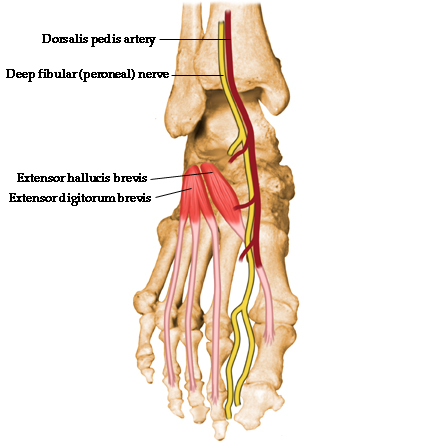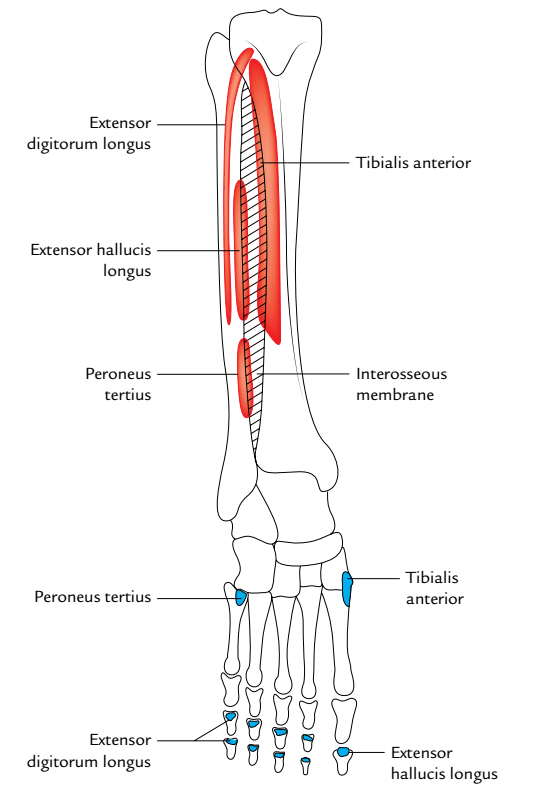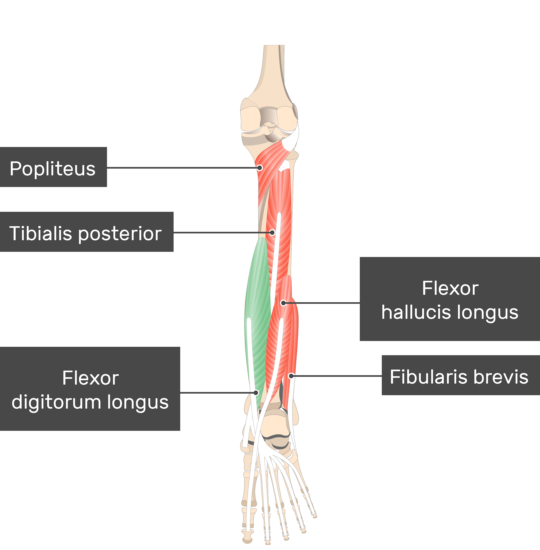Extensor Digitorum Longus Origin And Insertion And Action
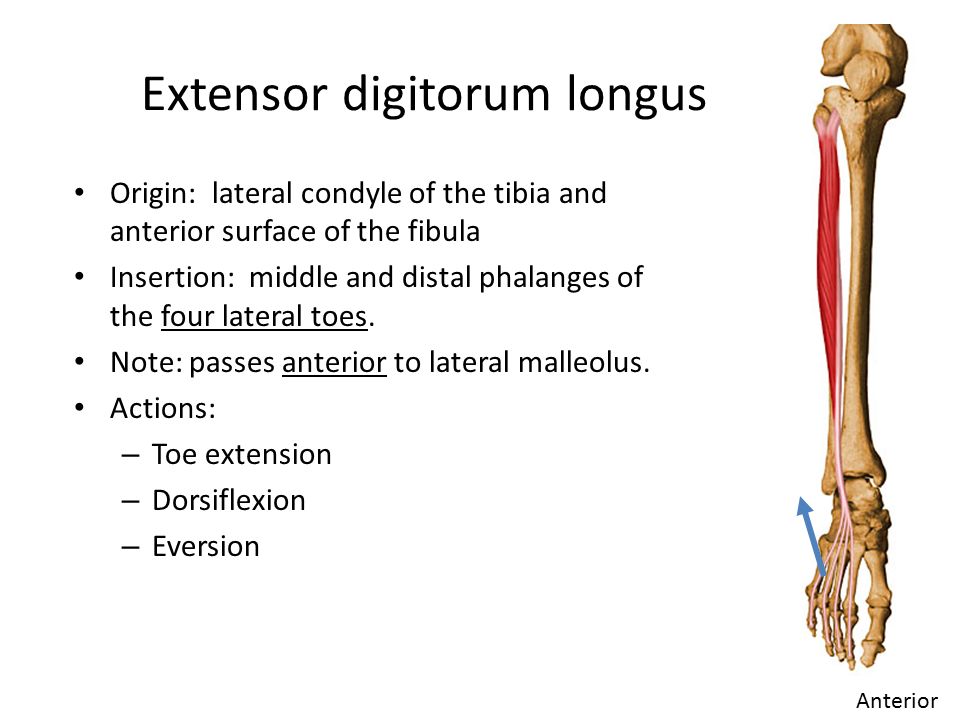
Insertion extensor expansion of lateral four toes.
Extensor digitorum longus origin and insertion and action. The extensor digitorum muscle is the main extensor of the fingers. The part of its origin at tibial condyle is fused with the originating fibers of the fibularis longus muscle. Origin and insertion extensor digitorum is a superficial muscle of the posterior compartment of the forearm. It reaches from close to the midline of the tibia and the shaft of the fibula.
Insertion external expansion to middle and distal phalanges by four tendons. Proximal attachments lateral condyle of tibia superior 3 4 of anterior surface of fibula. Therefore this muscle inserts onto the middle and distal bones of all the toes except. Then its tendon splits into four parts as it reaches over the front of the ankle.
Action extends toes and extends foot at ankle. Attachments of extensor digitorum longus muscle. Originates from the lateral epicondyle. Extensor digitorum longus originates from the inferior part of the lateral tibial condyle the proximal half of the medial surface of fibula and the anterior surface of the interosseus membrane its most superior part.
Lateral condyle of the tibia the proximal two thirds of the medial surface of the fibula the adjacent anterior surface of the interosseous membrane the anterior intermuscular septum and the septum between it and tibialis anterior. Nerve deep peroneal nerve l5 s1. It splits into four and inserts into the extensor hood. Action extends all joints of fingers.
The extensor digitorum longus muscle is located on the outline of the lower leg merely behind the tibialis anterior muscle. The extensor digitorum longus inserts onto the middle and distal phalanges of the second through fifth toes. Origin upper two thirds of anterior shaft of fibula interosseous membrane and superior tibiofibular joint. Muscle anatomy of the extensor digitorum longus origin.
The tendon continues into the distal part of the forearm. Tendons 3 and 4 usually fuse and little finger just receives a slip. Like the majority of the muscles in this compartment it originates via common extensor tendon that arises from the lateral epicondyle of humerus. Nerve posterior interosseous nerve c7 8.


:background_color(FFFFFF):format(jpeg)/images/library/12923/Extensor_digitorum_longus_muscle.png)
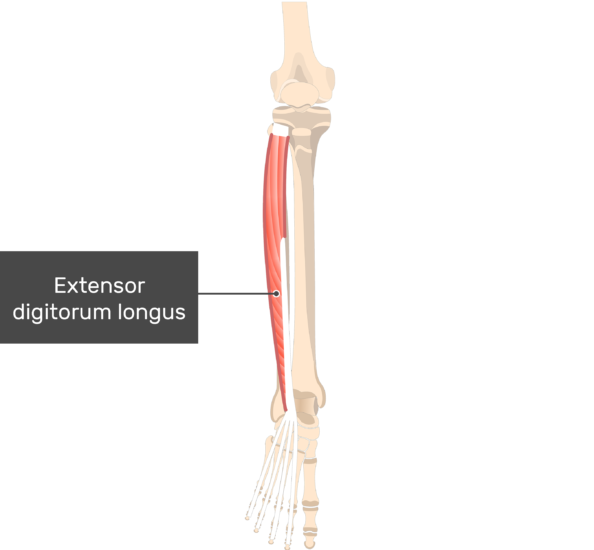
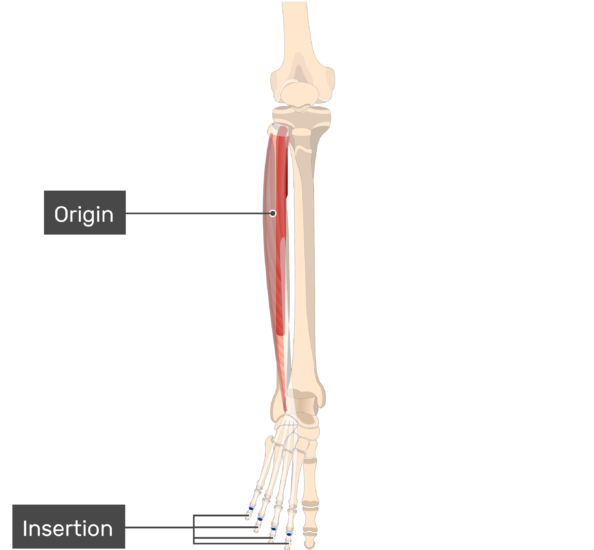


:background_color(FFFFFF):format(jpeg)/images/library/12847/Plantar_flexion_of_foot1.png)



